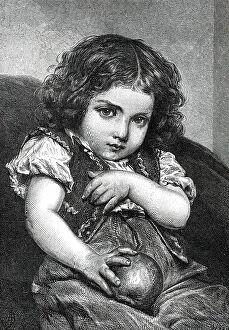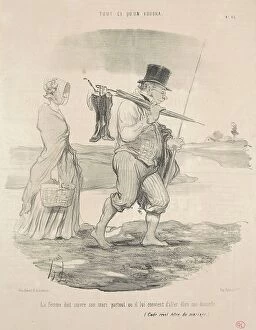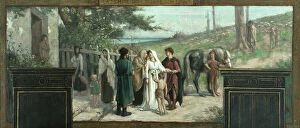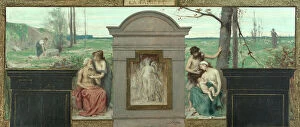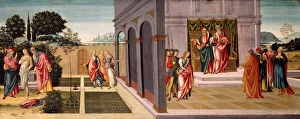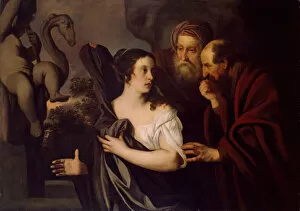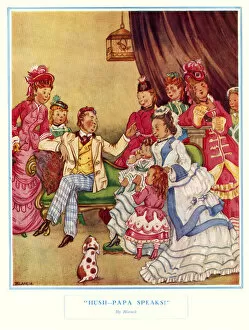Patriarchy Collection
"Patriarchy: Unveiling the Layers of Power and Control" In the intricate tapestry of history, we find ourselves confronted with a recurring theme - patriarchy
For sale as Licensed Images
Choose your image, Select your licence and Download the media
"Patriarchy: Unveiling the Layers of Power and Control" In the intricate tapestry of history, we find ourselves confronted with a recurring theme - patriarchy, and is an age-old system that has shaped societies, leaving its indelible mark on art and culture. From Susanna and the Elders in the Garden to the Trial of Susanna before the Elders, these narratives reflect a world where women were objectified and subjected to male dominance. Gazing upon the mosaic of Deesis Christ in Hagia Sophia, one cannot help but ponder over the power dynamics at play. The image portrays Christ as an intermediary between humanity and divinity, yet even here, men hold positions of authority. Emperor John Comnenus stands tall amidst this divine setting, reminding us how patriarchal structures infiltrate every aspect of life. However, amidst this prevailing narrative emerges another mosaic - Christ and Saint John the Baptist in Hagia Sophia. Here we witness two figures who challenge societal norms; both men standing side by side as equals rather than competitors for power. This portrayal offers a glimmer of hope within a deeply entrenched patriarchal framework. Emperor Justinian presenting Hagia Sophia to the Virgin and Child reveals yet another facet - women being revered only when they are mothers or virgins. The Virgin Mary sits enthroned with her child beside her; their holiness celebrated while reinforcing traditional gender roles. Yet there are moments when cracks appear in this system; Emperor Leo the Wise kneeling before Christ Pantocrator signifies humility towards a higher power regardless of gender. In this act lies an acknowledgment that true strength comes from surrendering control rather than exerting dominance over others. As our gaze falls upon Christ Pantocrator himself, we see an embodiment of authority transcending human constructs such as gender or social hierarchies. His presence challenges us to question why society clings so tightly to patriarchal systems when divinity itself defies such limitations.


